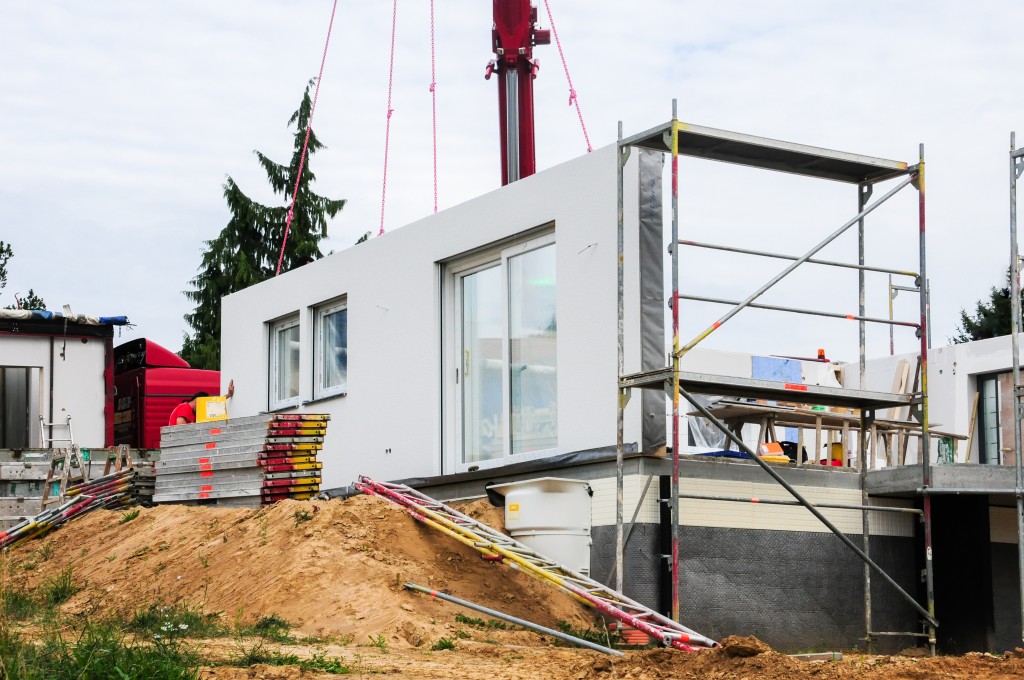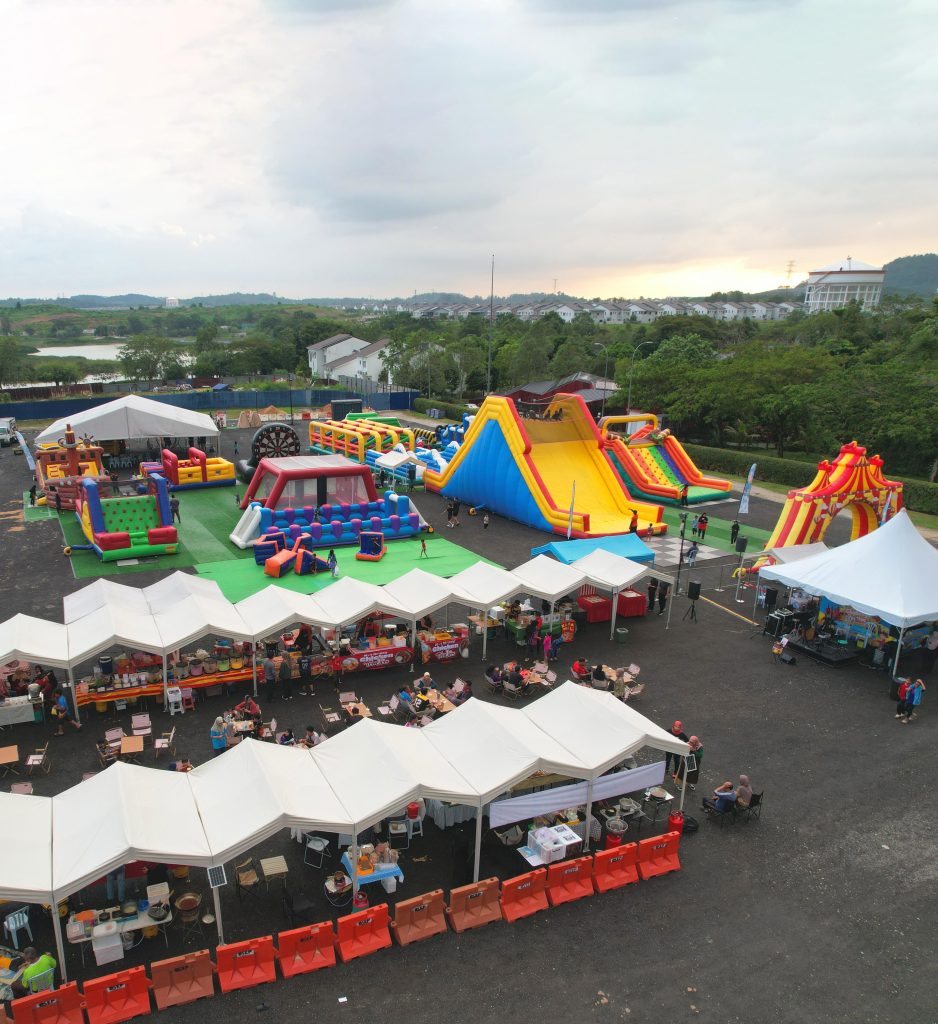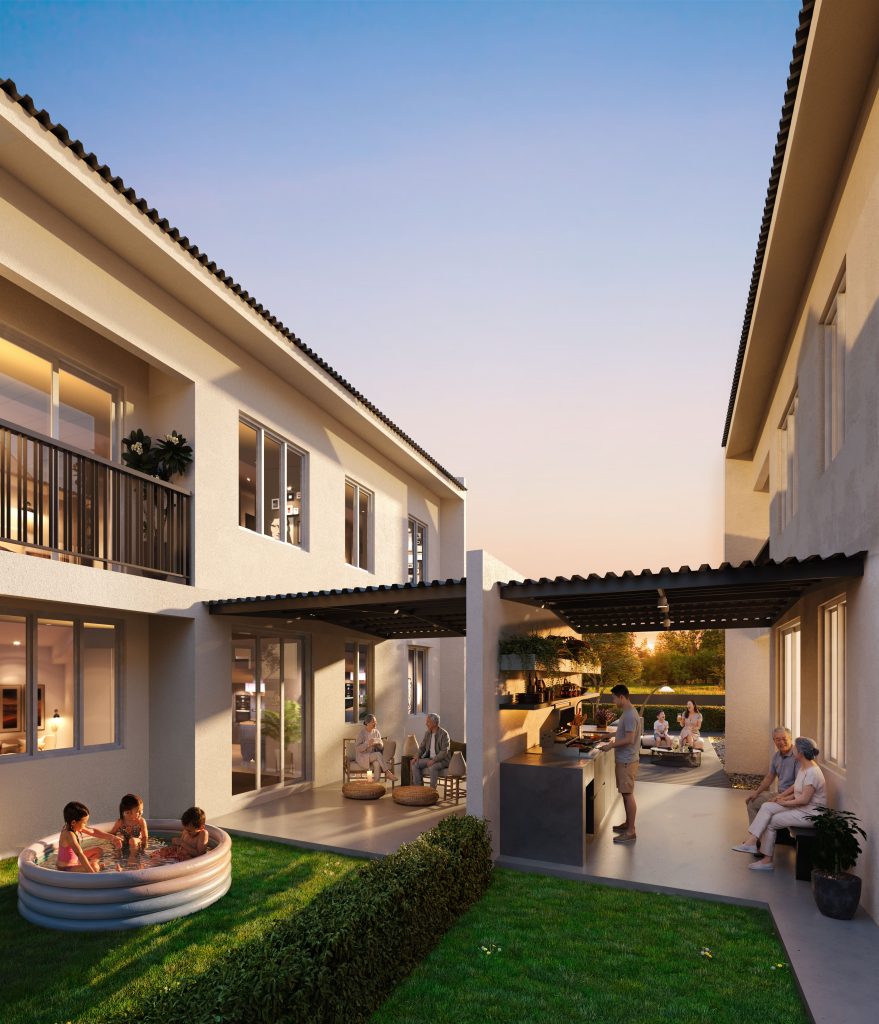By Joseph Wong
Many of us have fond memories of stacking Lego blocks to create imaginary homes during our childhood. These blocks, with standard variants ranging from one to six studs, allowed us to build structures limited only by our imagination and the occasional encounter with gravity.
In our adult world, the concept of modular building technology has brought the idea of fitting together blocks to construct a home into reality. Factory-built modules, available in standard sizes, are assembled to create a complete home. While this concept is not new and has been successfully employed in various countries such as China, Japan, Australia, and the US for both affordable and luxury homes, it is still relatively underutilised in Malaysia.
In Malaysia, this approach is not widely adopted, although certain elements of it can be observed in the Industrialised Building System (IBS). Some industry players believe that the modular construction method has the potential to result in more affordable homes, especially if economies of scale can be achieved. However, without reaching a significant scale, it's challenging to estimate the extent of potential cost savings.
Reportedly, the completion time using modular construction is around 40% faster compared to conventional methods, leading to cost and labour savings of up to 20%. The dry construction method adopted also results in a cleaner site, reducing material waste, pilferage, and damage costs by approximately 25-35%.
Despite its proven effectiveness in drastically reducing construction time, modular construction is often overlooked by industry experts. Documented cases have shown remarkable results, with the five fastest projects to date including:
- Fastest home built was in Shelby County, Alabama, USA which was constructed in 3 hours 26 minutes and 34 seconds.
- Dutch company Heijmans introduced the one-day house, which includes the sitting room, dining room, kitchen, bathroom and bedroom.
- In India, infrastructure company Synergy Thrislington constructed a 10-storey commercial building in two days.
- The 30-storey T30 Hotel Tower and Ark Hotel in China was completed in 15 days with the developer boasting that the building could withstand a high magnitude earthquake of nine on the Richter scale.
- And finally, the 57-storey Mini Sky City in Hunan Province, China took 19 Days.
Given these impressive speed records, one might question why the Malaysian construction industry hasn't integrated modular technology into property development. One prevailing misconception is that modular building technology is significantly cheaper than the conventional mortar and masonry method.
The most significant advantage of modular construction lies in its faster time to market, addressing a crucial issue in affordable housing and resulting in substantial cost savings.
In late 2013, the 1Malaysia People's Housing Programme (PR1MA) announced a collaboration with Japanese company Sekisui Chemical Co Ltd for a potential pre-fabricated modular house plant in Malaysia. The then chairman, Datuk Jamaluddin Jarjis, likened the system to building a car, expressing that the partnership could help the Barisan Nasional (BN) government fulfil its election promise of constructing 500,000 affordable houses in five years, as the technology had the potential to reduce home construction time from two years to two months.
However, industry sources suggest that the memorandum of understanding fell through due to cost constraints. At an approximate cost of RM200 per sq ft, the homes produced through the system would not have met the affordability criteria.
The primary hurdle in applying modular technology to affordable housing projects in Malaysia is cash flow. Affordable housing projects typically involve the governing body, such as PR1MA or SPNB, releasing 20% of the project value at the project's outset, representing payment for the land. The remaining 80% is only released upon project completion, placing a financial burden on affordable project developers, as modular building technology players are manufacturers, not turnkey developers. Unless a developer can supply progressive payments as materials are completed, supporting an affordable home project may strain the company's cash flow.
Addressing the lower end of the low-cost housing segment presents challenges in achieving a margin when employing modular building technology for homes priced below RM100,000. Building modular homes in the RM150,000 to RM200,000 category is feasible, but there is a barrier in terms of acceptability. Additionally, there is a misconception about the quality of these homes, often attributed to the hollow sound of the walls. In contrast, in the United States, New Zealand, and Australia, modular homes with panel boards are popular in the luxury home category due to their excellent insulation properties for both cold and hot climates. This makes it easier to stay cool in Malaysia's tropical climate while remaining warm during winter in continental nations
What are modular homes?
Modular homes, also termed factory-built or prefabricated, are constructed off-site in an indoor factory-like environment. A subset of Industrialized Building Systems (IBS), these houses are assembled in sections based on specific plans. These sections are later transported to the designated site, where builders assemble and install them into the foundation.
In the realm of modular building technology, various approaches are adopted, including the predominant use of steel for the building structure by some, and the utilisation of high-quality foam boards by others, known for their proven ability to withstand extreme weight and pressure.
Such systems offer customisation, with in-house architects capable of translating a desired home design into necessary structures for manufacturing in the factory and on-site assembly. This flexibility caters to various terrains and individual preferences. Modular homes can be easily expanded, enabling fast and cost-effective extensions.
For example, a one-bedroom, 800 sq ft home can be easily expanded horizontally or vertically to accommodate a growing family. Such flexible designs equate to affordable homes, reducing manufacturing costs, depending on quantity.
Special skills required
Modular technology, while utilising only half the labour force of conventional masonry, demands a distinct skill set due to its machinery-intensive nature. Smart machines, operated with hi-tech software, necessitate specific skills for tasks like rolling out products and inputting dimension information.
Constructing the wall frame and truss as per specifications requires skills distinct from traditional mortar and masonry techniques. Therefore, workforce training is essential to equip the industry for modular building technology. Internships for hands-on experience play a crucial role in this preparation.
On the bright side, this will create new job opportunities as well as specifically skilled workers who will command higher pay and better working conditions, appealing to more locals, thus reducing the country’s dependence on foreign labour in the construction industry. The 3D jobs refer to jobs in the category of dangerous, dirty and difficult. It was recently reported that such jobs were largely taken up by foreign workers as locals shunned these jobs due to social stigma, not lower pay.
Housing the world’s growing population
The modular home system presents a viable solution to the global housing challenge driven by three key features: reduced costs and labour, the use of sustainable materials, and swift time-to-market. Overcoming the primary obstacle involves shifting the mindset towards accepting the modular system. This concept is gaining traction across Asia, with countries like Sri Lanka, Myanmar, Laos, Cambodia, Ghana, Rwanda, and Ivory Coast exploring its viability. The increasing awareness of the system's cost-effectiveness as well as rapid and simple installation, especially suitable for challenging terrains like clay, sand, and hilly areas, makes it ideal for creating affordable homes. Additionally, it facilitates housing development on otherwise inaccessible land and enables environmentally sustainable construction in hillside resorts.
The lightweight material enables easy transportation to rural areas, expanding housing, hospital and school construction. Building a 1,000 sq ft home with three bedrooms costs less than RM100,000. Speed is a crucial factor, particularly when modular construction aligns with the IBS industry. On the downside, transportation poses a challenge, impacting the cost structure. Distance from factory to site significantly influences costs, particularly in the price-sensitive affordable housing market. Additionally, larger modular homes present greater logistical challenges.
All-in-all, modular construction presents a promising solution for the housing industry. With its potential to reduce costs, employ sustainable materials and expedite construction timelines, it addresses key challenges in the evolving landscape of affordable housing. Despite hurdles related to mindset shifts, transportation logistics and skill requirements, the adaptability and advantages of modular technology make it a viable solution for creating accessible, efficient, and environmentally sustainable homes. As the industry embraces training programs and gains experience, modular construction holds the promise of reshaping the way we approach housing, offering innovative solutions for diverse needs and landscapes.
Stay ahead of the crowd and enjoy fresh insights on real estate, property development, and lifestyle trends when you subscribe to our newsletter and follow us on social media.













































